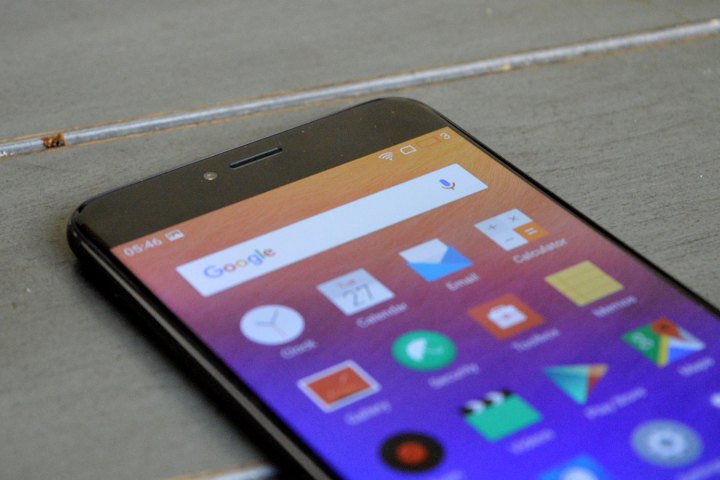
It’s safe to say that if you’re already a Pro 6 owner, there probably isn’t much need to buy the Pro 6s. The device, like its predecessor, has an aluminum unibody design with curved edges, as well as the same antenna bands found on the Pro 6. It’s really not that big of an upgrade, which is clearly why it’s called the Pro 6s rather than the Pro 7.
So what else is new in the Pro 6s? Not much. The phone features the same MediaTek Helio X25 chipset with a 10-core processor, along with 4GB of RAM and 64GB of storage. There’s no microSD card slot for the phone. The camera may sound like a bit of a downgrade at first. While the Meizu Pro 6 offered a 21MP sensor, the Pro 6s does away with that sensor in favor of a 12MP sensor. It’s important to note, however, that the new sensor is a super high-quality Sony IMX386 sensor with an f/2.0 aperture and 4-axis optical image stabilization.
The phone does boast a battery bump. While the Pro 6 has a 2,560mAh battery, the new phone has a much larger 3,060mAh battery.
Overall, the device is a little disappointing. Some were expecting the Pro 6 follow-up to feature a Samsung Exynos 8890 SoC or a screen resolution bump beyond the 1,080p display.
The Meizu Pro 6s runs Android with Meizu’s Flyme OS launcher over the top of it. It will launch in China in the near future, and will cost 2,699 yuan, or $399 U.S. We don’t know an exact release date just yet, and it’s unlikely the phone will be released in the U.S.


